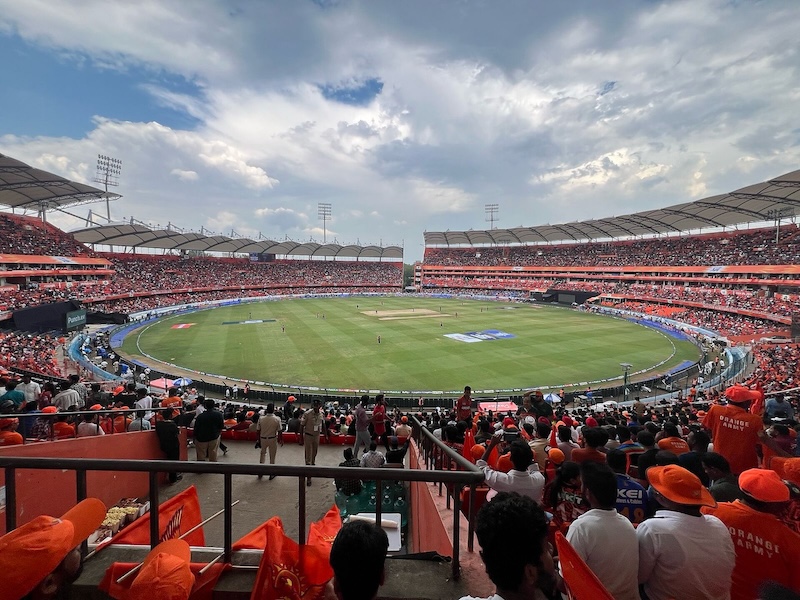Champions of the 2025 Indian Premier League, Royal Challengers Bengaluru made their biggest
splash by acquiring Josh Hazlewood for ₹12.5 crore – and he proved worth every rupee. The
Australian pacer delivered a stellar season, claiming 22 wickets at an economy rate of 8.77
and a blistering strike rate of 12.
The team’s most expensive retention, Virat Kohli, came at ₹21 crore, and he paid back
handsomely—scoring 657 runs at an outstanding average of 54.75 and a strike rate of 144.71.
Down the table, the returns were far less convincing. Seventh-placed Lucknow Super Giants
spent ₹27 crore on Rishabh Pant, who managed just 269 runs – century included – at an
underwhelming average of 24.45 and strike rate of 133.16.
Eighth-placed Kolkata Knight Riders shelled out ₹23.75 crore to retain Venkatesh Iyer, who
could only muster 142 runs with equally modest returns in average and strike rate. All of
which begs the question: who was truly worth their buck in the 2025 edition? It’s not a
straightforward call.
T20 is a game of roles and moments – players might not top the run or wicket charts, yet
deliver in clutch situations that turn matches and seasons. Value, in this format, is as
much about impact as it is about stats.
To figure out who delivered the most – and who didn’t – we analysed every ball of the 2025
IPL season using ball-by-ball data. But instead of just looking at who scored the most runs
or took the most wickets, we compared each player”s performance to a three-year average
(from 2023–2025) to get a more comprehensive picture of their impact.
The scatterplot below shows the final MVP score of every player on the vertical axis and the
money spent on buying/retaining him for the 2025 IPL edition. The higher the dot, the higher
the player’s MVP value and the farther to the right, the higher the price paid for him.
By plotting each player’s MVP against the amount spent on them, we immediately turn two
separate data points—performance and price—into a single, intuitive visual. The scatter lets
us carve the field into four quadrants.
High cost, high performance: the stars who justified hefty price tags. High cost, low
performance: the purchases that failed to pay off. Low cost, high performance: the true
bargains—those you might call the “sweet spot” of the auction. Low cost, low performance:
the players who neither broke the bank nor broke out
